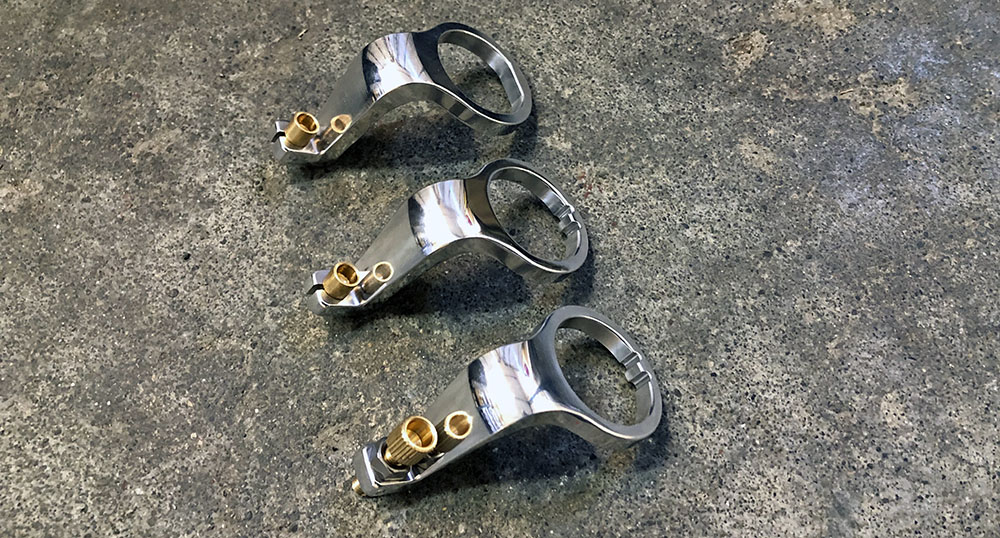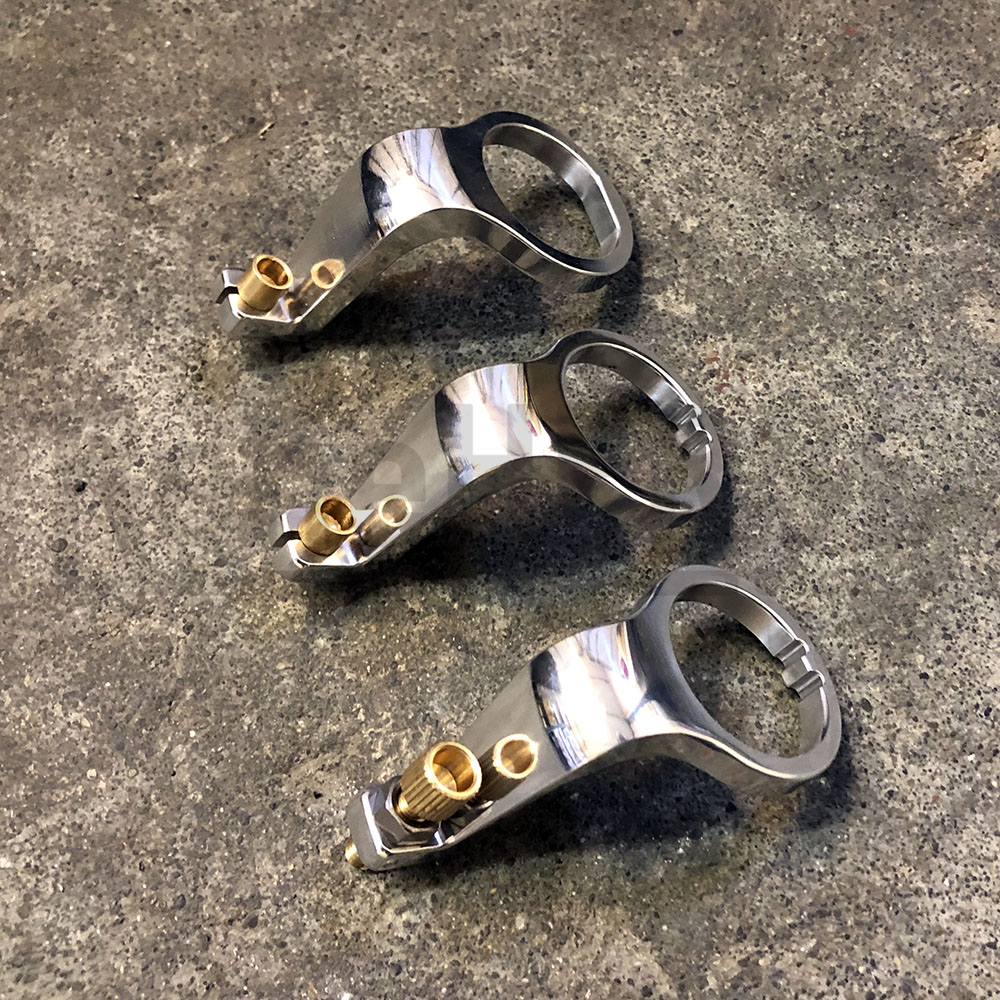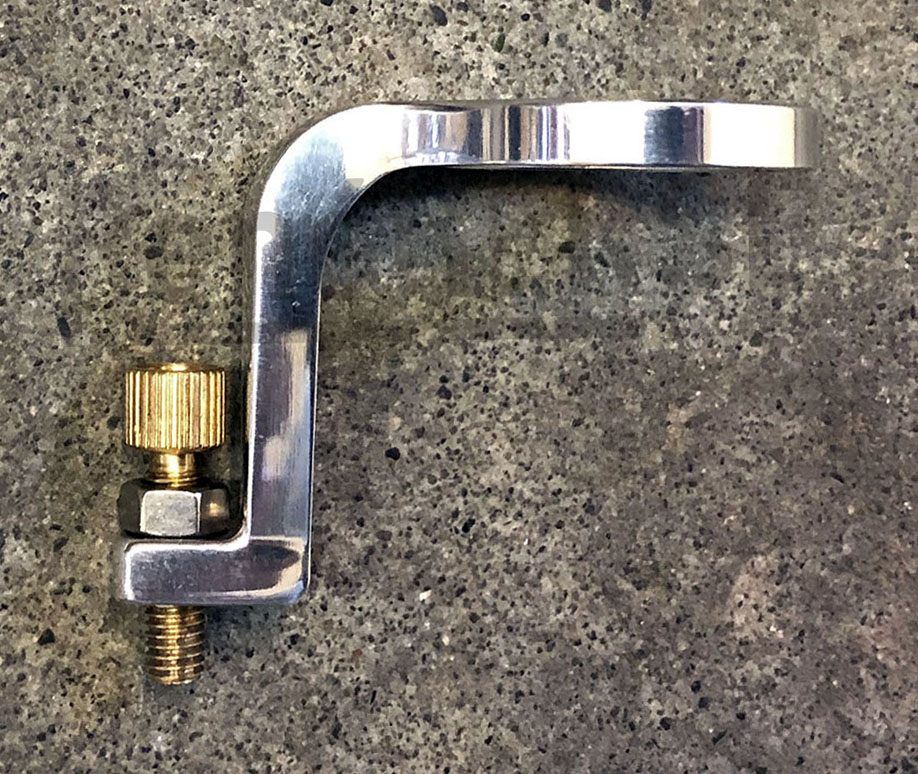Rene Herse Cable Hangers
Cable hangers aren’t a very exciting topic. We love to talk about derailleurs or brakes, because they are complicated parts with many intricacies. But cable hangers…? And yet they’re as important for the performance of your bike. It’s small parts like these that can make a big difference when it comes to enjoying your bike to the max.
Cantilever and centerpull brakes have many advantages over other rim brakes. Mounting the arms directly to the fork blades reduces flex – in fact, ‘direct mounting’ has become popular for sidepull brakes on racing bikes, too. Another plus: Centerpulls and cantis use a straddle cable to transmit the brake power. That makes them more powerful and lighter than other types of rim brakes. (A wire in tension is stiffer and weighs less than a brake arm.) For all-road bikes, that means you can get plenty of stopping power even though the brakes have to reach around wide tires.
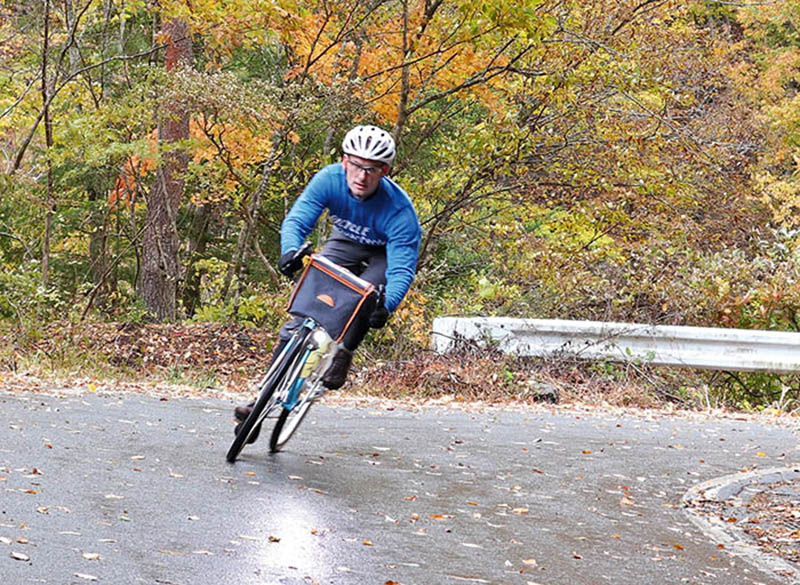
There’s one caveat: The brake cable housing needs a stable anchor. On sidepull brakes, the anchor is part of the brake. On centerpulls and cantis, the cable is anchored remotely. That saves even more weight – the cable housing is shorter – but it can introduce a problem: If that anchor flexes, brake power is lost. Every brake system is only as strong as its weakest link, and for many cantis and centerpulls, the weak link is the cable stop. I realized that once again a while back, when a Bicycle Quarterly test bike with Rene Herse cantilever brakes had relatively poor braking performance. I wasn’t expecting this, as it’s not a problem on other bikes that use the same brakes (above). It took me a while to figure out what was wrong with the test bike: The cable hanger, a stamped steel piece, flexed so much that relatively little brake power was left to squeeze the rims.
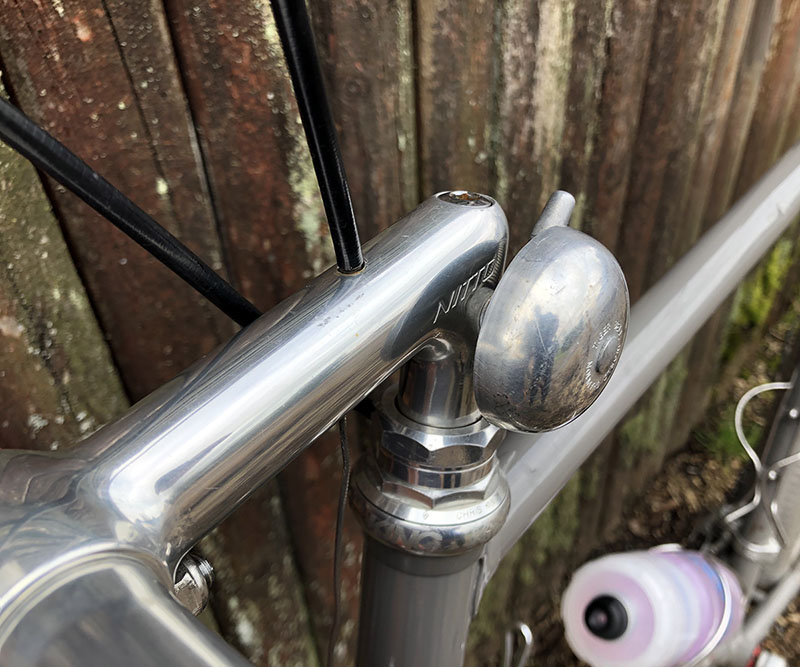
How do you avoid flex in the cable stop? One obvious solution is to incorporate the cable stop into the stem. The stem is so beefy that it won’t flex. You can do that by drilling the stem – as I did on my Mule (above) – but you need to work carefully so you don’t weaken the stem. You also need to make a hole that’s perfectly aligned with the steerer tube, so the brake cable runs smoothly. And with modern aero brake levers, you need to be creative to route your cable into the stem from above. Until somebody offers a pre-drilled stem, a cable hanger in the headset is a more feasible solution for most riders.

Is it possible to make a cable hanger that doesn’t flex? The answer is yes – but you need to optimize every aspect. We used Finite Element Analysis to design a cross-section that is as stiff as possible. We made it as short as possible – just long enough that the brake cable can enter the hanger smoothly even if the stem is as low as it will go. The photo shows a prototype – the final version is a bit shorter yet. Every millimeter counts.
The offset of the cable hanger is important, too. Keeping the hanger close to the head tube limits flex as well. You also want the brake and straddle cables to run parallel to the head tube, so the cable pulls the brake arms in the correct direction. Otherwise, you waste precious brake power by pulling the cable at an angle. All these small things add up to make a real difference in the power and feel of your brakes.
In back-to-back testing on an 18% hill that ends with a stop sign at the bottom, there was no noticeable difference in braking with the cable housing ending in the stem hole (zero flex) and with our new cable hanger (minimal flex). The cable hanger is no longer the weak link in the transmission of the brake forces from the lever to the pads that squeeze the rim.
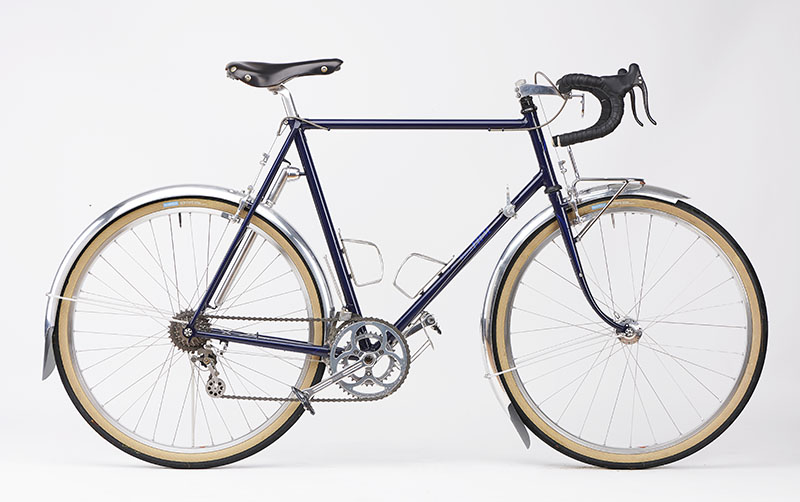
Besides optimizing performance, running the cables parallel to the head tube and seatstays also makes your bike more beautiful. Good cable lines are the brake equivalent of good fender lines – key to making small parts disappear visually, so they don’t distract from what makes a bicycle beautiful. A bike is two circles connected by a diamond, and the more our eyes can focus on that, the more elegant the bike appears.
After many months of testing and manufacturing – making this hanger is a complex process that involves laser cutting, broaching, CNC machining and polishing – the new hangers are now in stock. We offer them in three versions. If you want to optimize power and feel of your brake to the nth degree, the simple ferrule for the cable housing reduces flex to an absolute minimum. This version is slotted, so it’s easy to remove your handlebars and brake cables for Rinko. If you prefer a barrel adjuster, which makes setting up your brake easier, we offer that, too.
Different from most other models, the Rene Herse cable hangers incorporate the headset locking mechanism. Most bikes use a groove in the fork steerer to keep the upper headset cup and locknut from turning together – which would loosen the headset. Our spacer has a corresponding tab, so you can use it without a separate tabbed washer.

Even more secure is to file a flat onto the back of the steerer tube. That way, you don’t need much force to lock the headset nuts. The Rene Herse cable hanger is also available for that system.
All models are in stock now in limited numbers. More are in production, but with the current situation, it may take a while until they arrive. If you run a 1-inch threaded headset and have enough room – the hanger replaces a 5 mm headset spacer – you can now supercharge the performance of your cantilever or centerpull brakes. In the future, we may also offer a front cable hanger for threadless headsets.
More information:
• More information about the Front Cable Hanger.
• Our Rear Cable Hanger.
• If you prefer to drill your stem for a cable stop, illustrated step-by-step instructions were published in Bicycle Quarterly 51.
• Why steerer tubes with a flat surface tend to keep your headset adjusted better than keyed steerers.
Photo credit: Nicolas Joly (Photo 5)


